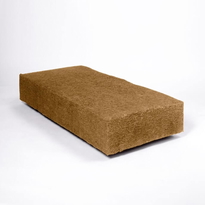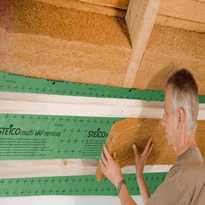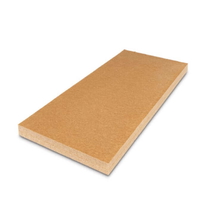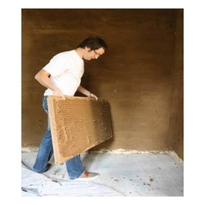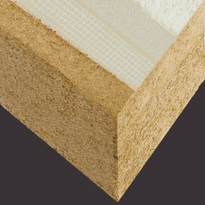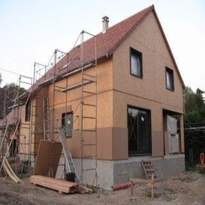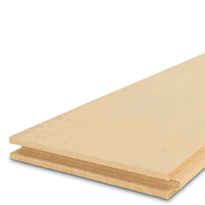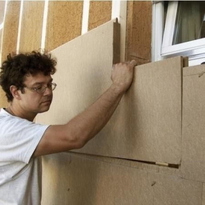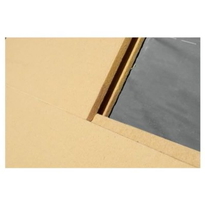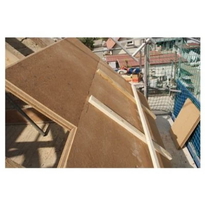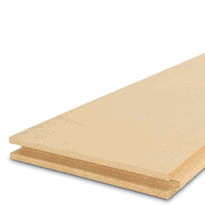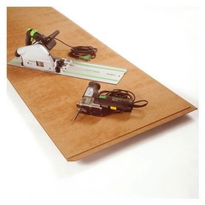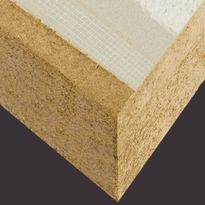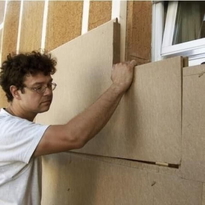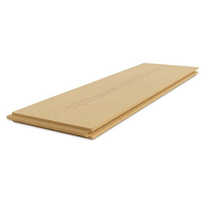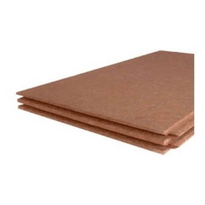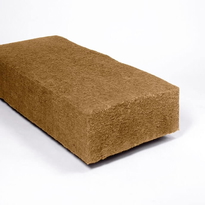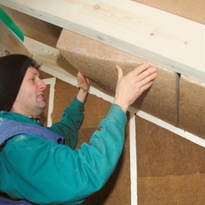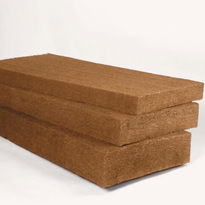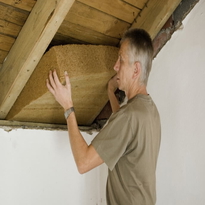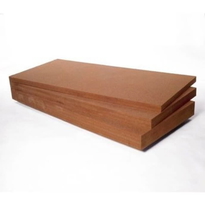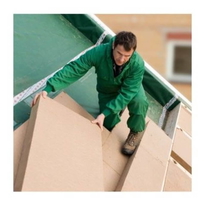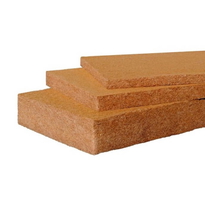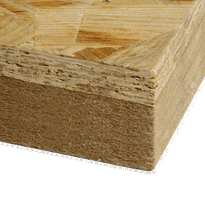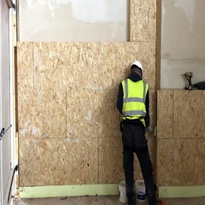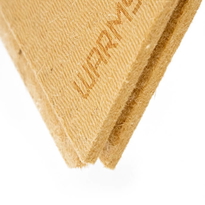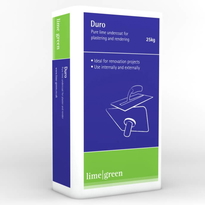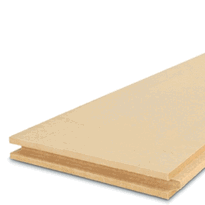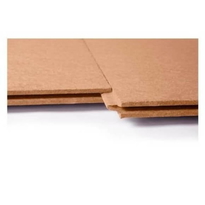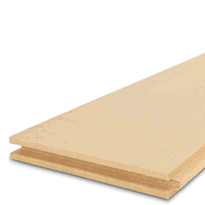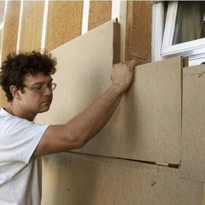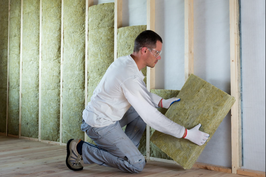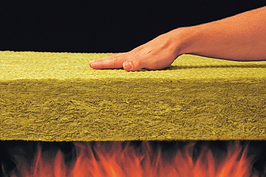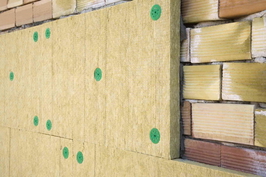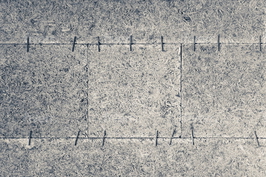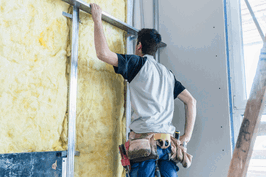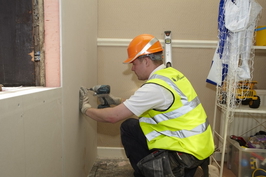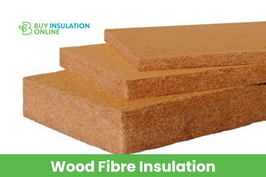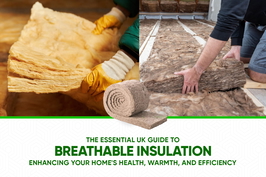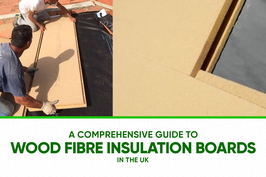Wood Fibre Insulation Cost per M2
Wood fibre insulation generally ranges in cost per square metre, influenced by several factors such as the type of product, regional pricing, and the complexity of installation. Premium options made from recycled waste wood may carry a higher price tag, and local labour rates and transportation costs can also affect the overall expense.
While the initial investment in wood fibre insulation may be greater than that of alternative materials like fibreglass, its eco-friendly attributes and performance advantages often justify the higher cost.
Understanding the various elements that contribute to the pricing of wood fibre insulation can help you make an informed decision for your insulation needs.
Explore further to discover more about what impacts these costs and how wood fibre insulation can benefit your home.
Typical Price Range for Wood Fibre Insulation
Wood fibre insulation typically costs between £45 and £73 per square metre, influenced by various factors.
This price range encompasses different product types, such as rigid panels and loose-fill forms, which are generally at the higher end compared to other insulation options.
Prices can vary based on features such as thickness, density, and sustainability certifications.
Premium products that utilise recycled waste wood or provide specific performance qualities usually fall into this elevated price bracket.
When compared to materials like fibreglass or cellulose, which can be significantly cheaper, wood fibre insulation is considered a premium choice.
Regional differences, transportation costs, and bulk purchasing can all affect the final cost.
However, it typically remains within this defined range for consumers seeking high-quality, eco-friendly insulation solutions.
Factors Affecting Cost per Square Meter
Several factors influence the cost of wood fibre insulation per square metre, including material properties, regional price differences, and installation requirements. Variations in material quality, such as density and fire resistance, can affect both price and performance. Additionally, geographical location and local labour costs play a significant role in determining the overall expense. The specific characteristics of the insulation, such as its thermal efficiency and durability, also contribute to the pricing landscape. Material performance standards are increasingly shaping market prices, ensuring that higher-quality options meet strict sustainability and safety criteria. Understanding these elements can help homeowners and builders make informed decisions when selecting insulation materials, ensuring they achieve the best balance between cost and performance for their projects. As the demand for sustainable building materials grows, the market for wood fibre insulation continues to evolve, making it essential to stay updated on the latest trends and developments in this area.
Material Material Variability
The cost of wood fibre insulation per square metre can vary considerably due to several material factors. These elements influence both the quality and price of the product.
Firstly, the density of insulation is important, as denser materials generally command a higher price due to their superior insulating properties. Density directly affects the thermal performance and durability of the insulation, which can also influence installation costs. Secondly, fibre geometry is a significant consideration; finer fibres may increase production costs but can enhance performance.
Thirdly, moisture content has an impact on expenses, as treatments to improve moisture resistance contribute to the overall cost. Finally, additives and treatments, such as hydrophobic agents, can elevate prices while also enhancing the durability of the insulation.
Understanding these factors aids buyers in striking the right balance between performance and cost, fostering a sense of belonging within a community dedicated to quality and eco-friendly solutions.
Regional Price Differences
Regional price differences for wood fibre insulation are influenced by several key factors that vary across the UK.
Labour costs play a significant role, with higher wages in urban areas or regions with a high cost of living leading to increased installation expenses. The availability of skilled tradespeople also affects efficiency and pricing, particularly in areas where expertise is scarce.
Climate conditions further impact costs; colder regions require higher R-value insulation, which can elevate both material and installation expenses.
Transportation costs can differ substantially, especially in remote areas with less developed infrastructure, contributing to overall pricing.
Local building regulations and market competition also shape insulation costs. Stricter standards or a limited number of contractors can drive prices higher.
Regional economic differences all these factors result in noticeable regional variations in the cost per square metre of wood fibre insulation, making it essential for consumers to consider their specific location when budgeting for insulation projects.
Installation and Handling
Installation and handling play a crucial role in determining the overall cost per square metre of wood fibre insulation. Proper attention to detail during both handling and installation can significantly impact expenses.
The following factors are important to consider:
Bulk Material and Shipping
Wood fibre insulation is inherently bulky, which can elevate shipping costs and necessitate additional storage space. Shipping costs vary depending on the insulation's weight and distance, affecting the overall project budget.
Handling Care
Due to its weight, it's essential to handle the material with care to avoid damage during transport and installation.
Preparation Needs
Often, the insulation requires cutting or shaping to fit specific areas, which adds time and skill to the installation process.
Tight Spaces and Logistics
Navigating the bulky insulation in confined areas can present challenges, sometimes requiring specialised equipment or techniques, which can further increase installation costs.
Regional Price Variations
Costs for wood fibre insulation can vary significantly depending on your location within the UK. Regional differences play a crucial role in determining prices, influenced by factors such as climate, labour expenses, and the availability of materials. Insulation Material Costs Local demand and supply can also impact pricing, making some areas more expensive than others. In urban areas where demand is high, prices are generally elevated. Conversely, rural regions may offer lower costs; however, they often face increased transportation expenses which can offset savings. Below is an overview of typical cost ranges based on different regions:
Region |
Typical Cost Range |
| Urban Area | Higher pricing |
| Rural Area | Moderate pricing |
| Remote Areas | Premium pricing |
Being aware of these variations allows homeowners and builders to plan effectively, fostering a sense of community while ensuring they find the best insulation options available. Understanding local market dynamics is essential for a satisfactory insulation experience.
Comparing Wood Fibre to Other Insulation Materials
Wood fibre insulation typically comes at a higher price than materials like fibreglass and cellulose. However, it provides superior environmental advantages and enhances soundproofing capabilities. Made from wood fibres, it is a renewable resource derived from sustainably managed forests, making it a natural and environmentally friendly option. In terms of thermal performance, wood fibre insulation is on par with various other options available. The premium cost associated with wood fibre may influence its overall value for some consumers. When weighing your choices, it's essential to consider factors such as cost, performance, and environmental impact to determine the most suitable insulation material for your needs.
Cost Differences Overview
Compared to common insulation materials like fibreglass and cellulose, wood fibre insulation tends to be significantly more expensive on a per-square-foot basis.
Wood fibre insulation typically costs more than fibreglass and cellulose. Its price reflects the bulkiness and shipping costs, which contribute to the overall expenses.
The premium position of wood fibre insulation is also attributed to its sustainable sourcing and eco-friendly certifications.
Regional variations, particularly in Europe, further affect the cost difference, often making wood fibre a more premium choice.
Performance and Value
While wood fibre insulation may incur a higher initial cost compared to materials such as fibreglass and cellulose, its performance offers numerous advantages that can justify the investment.
With a thermal conductivity that's slightly less efficient than mineral wool yet still effective, wood fibre insulation boasts an impressive R-value per inch that can equal or exceed that of fibreglass and cotton batting.
The true strength of wood fibre insulation lies in its decrement delay, which aids in reducing heat transfer and preventing overheating during the warmer months.
Its breathability and moisture management capabilities help maintain consistent indoor comfort, minimising the risk of mould growth.
Furthermore, the dense, fibrous structure of wood fibre insulation provides exceptional acoustic damping, making it an excellent choice for noise-sensitive environments.
In addition, wood fibre insulation also contributes to overall environmental sustainability due to its renewable origin and biodegradable nature, further enhancing its value as a green building material.
Environmental Impact
Environmental impact is a crucial factor when selecting insulation materials.
Wood fibre insulation is considered one of the most environmentally friendly options, emitting significantly lower carbon dioxide compared to synthetic alternatives such as expanded polystyrene (EPS) and stone wool.
Key considerations include:
Wood fibre insulation has a much lower carbon footprint than non-ecological alternatives.
During its growth phase, wood fibre serves as a carbon sink, thereby contributing to the reduction of overall emissions.
The production of wood fibre insulation has a smaller environmental impact compared to fossil fuel-based insulations, despite the manufacturing process being resource-intensive.
Its biodegradable properties allow it to decompose naturally at the end of its life cycle, unlike synthetic materials that contribute to landfill waste.
Recyclability and biodegradability are additional advantages that enhance its sustainability profile, making it an eco-friendly choice for environmentally conscious consumers.
Choosing wood fibre insulation not only supports sustainability but also promotes a healthier environment.
Installing Wood Fibre Insulation: Cost Considerations
Installing wood fibre insulation requires careful consideration of costs, which can vary significantly depending on several factors. The overall price typically ranges from £4.25 to £6.75 per square foot, or approximately £45 to £73 per square metre, making it more expensive than other insulation types like fibreglass. Material prices for wood fibre insulation are generally higher due to its eco-friendly composition and manufacturing process. The total project cost for a household often falls within a broad spectrum, with wood fibre leaning towards the higher end of the scale. Installation costs are influenced by the specific areas of the home; for instance, attics and roofs usually incur greater expenses due to their complexity. Additionally, whether specialised equipment or skills are needed can further affect pricing. Labour expenses can range significantly, especially if manual handling or structural modifications are involved. Regional differences also play a crucial role in determining overall costs, impacting both material prices and labour fees. Opting for wood fibre insulation not only contributes to energy efficiency but also supports sustainable building practices, making it an increasingly popular choice among homeowners looking for environmentally friendly solutions.
Eco-Friendly Features and Their Impact on Price
Wood fibre insulation is notable for its eco-friendly characteristics, which can significantly influence its overall pricing. Sourced sustainably and manufactured from waste wood, it reduces costs while promoting the circular use of resources. Furthermore, the natural and chemical-free production process contributes to a healthier indoor environment.
These attributes affect pricing in various ways:
Utilising recycled waste wood can lower raw material costs, although specialised processing might increase production expenses.
The carbon-negative status and carbon sequestration benefits add value, often resulting in a higher price point.
Adherence to sustainable and environmentally friendly certification standards, such as LEED or BREEAM, elevates demand and market value.
The growing interest among consumers in green building materials can lead to increased prices due to heightened demand and limited supply.
Tips for Saving on Wood Fibre Insulation Costs
To reduce the overall cost of wood fibre insulation, homeowners and builders can take several practical steps.
Purchasing insulation in bulk often results in lower costs per square metre through supplier discounts. Opting for standard panel sizes helps to minimise waste and reduce material requirements. Mid-density panels strike a good balance between cost and performance, while comparing prices among various suppliers aids in finding the best deal.
Using loose-fill wood fibre can significantly lower labour expenses compared to rigid boards. Moreover, experienced installers can complete the work more swiftly, and scheduling installations during off-peak seasons tends to reduce labour rates.
Proper site preparation and accurate measurement play crucial roles in preventing waste.
To help visualise potential savings, consider the following table:
Tip |
Benefit |
| Bulk Purchasing | Lower unit costs |
| Standard Panel Sizes | Less waste, less material |
| Comparing Multiple Suppliers | Better pricing |
| Using Loose-Fill Options | Reduced labour costs |
Conclusion
Wood fibre insulation costs can differ based on various factors such as location, thickness, and installation methods. This type of insulation is not only eco-friendly but also tends to be more expensive than some options while being more affordable than others.
Understanding these aspects is essential for homeowners and builders in the UK, enabling them to make informed choices that balance both budget and sustainability.
By comparing prices, exploring installation alternatives, and considering cost-saving tips, consumers can select the most suitable insulation for their needs.
Overall, wood fibre insulation is a robust, environmentally conscious option that merits consideration for a variety of building projects.
